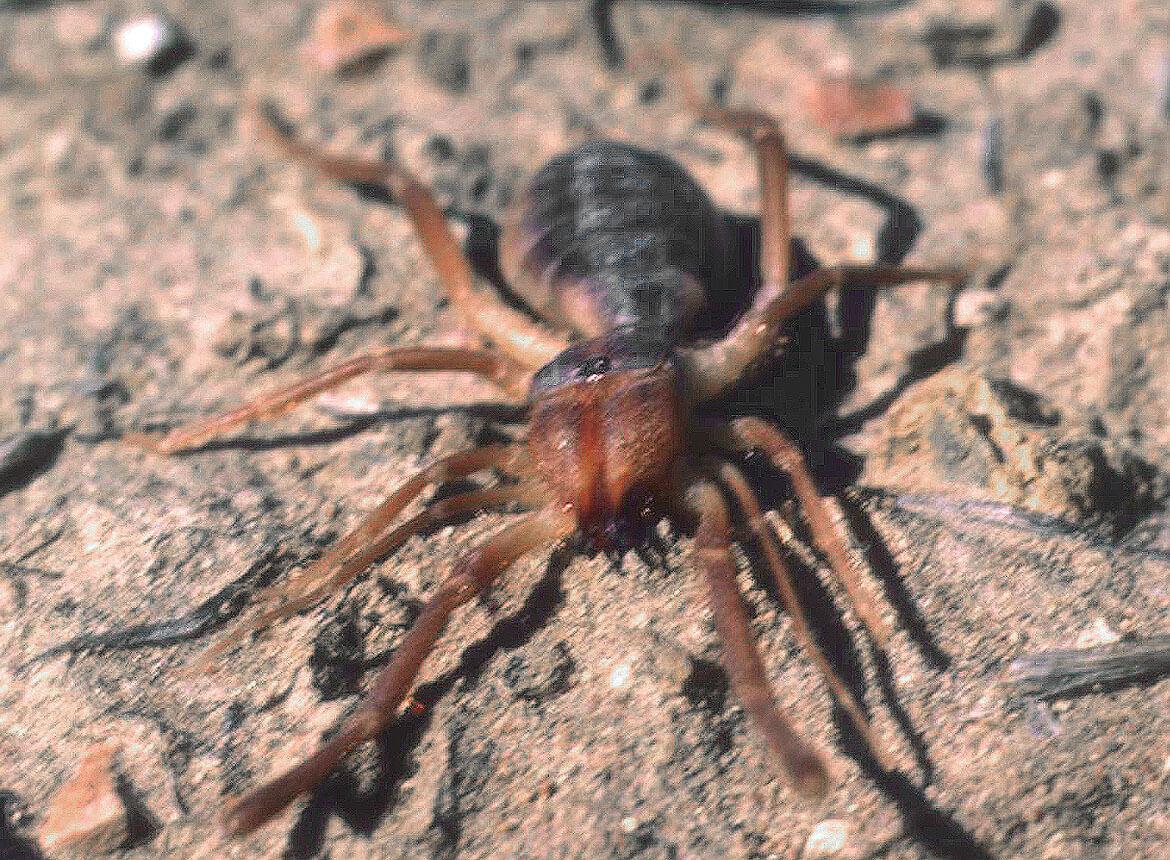
Solpugid, Eremobates sp. Small Western U.S. species; much larger Near East species are called "camel spiders" but are not spiders.
"Camel spider" is a common name for solpugids, large non-spider arachnids found in desert regions. Solpugids (possibly excepting one species in India) have no venom, not even an anaesthetic, nor any means of delivering a venom even if they had any, and are strictly predatory on smaller creatures.
A few soldiers (and a lot more civilians) have written me claiming this legend is, nonetheless, true. But not a single one has been able to supply the name, rank and serial number of any victim – or even just a name! It always happened to "a friend," the friend never has a name, and no matter how far down the line you follow the story, that elusive named person is always at least one "friend" away. That's how urban legends work.
